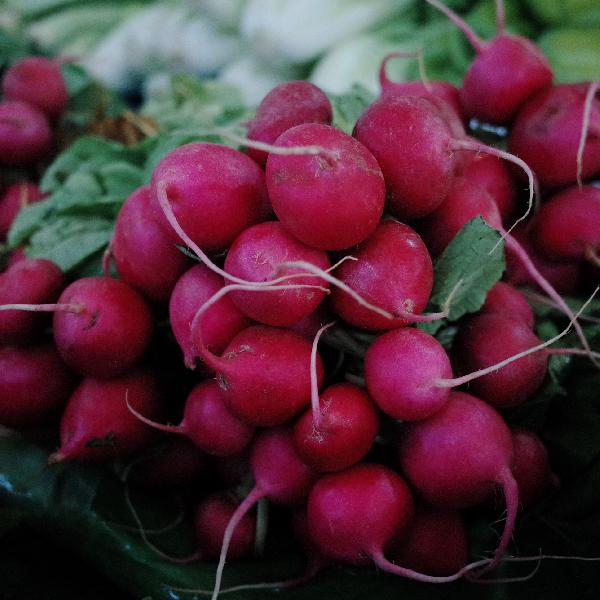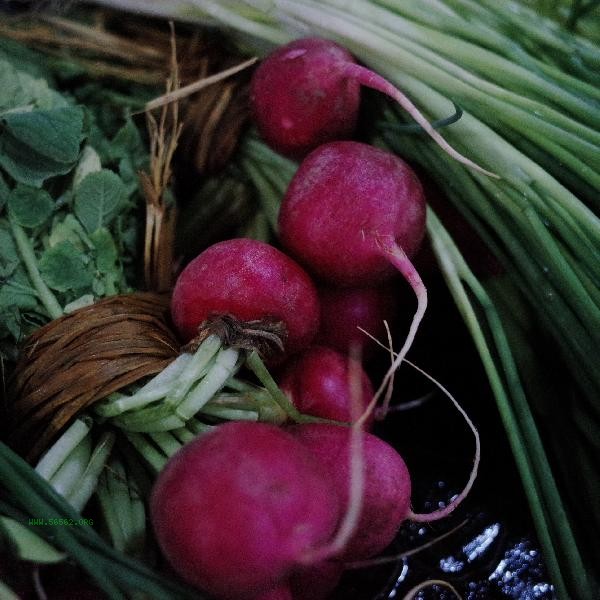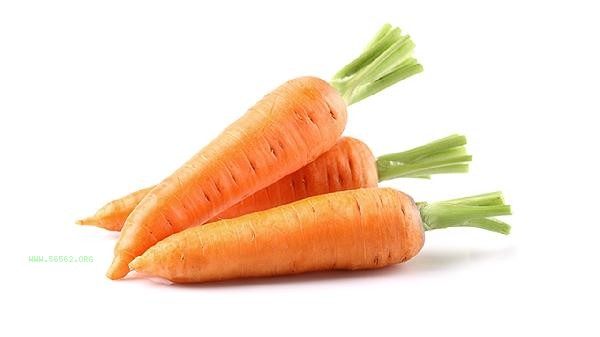Carrots that are bitter and spicy may be related to variety characteristics, abnormal growth environment, improper storage, incorrect cooking methods, or special physiological stages. Bitterness usually originates from the accumulation of glucosinolates, while spiciness is often caused by isothiocyanate compounds.

1. Variety Characteristics
Some radish varieties naturally contain high concentrations of glucosinolates and glucosinolates, which can produce a bitter and spicy taste when chewed by enzymes. For example, wild radish or certain local specialty varieties have significantly higher levels of flavor compounds than ordinary white radish. Choosing sweet varieties suitable for raw food can avoid this problem.
2. Abnormal growth environment
High temperature, drought or soil boron deficiency can promote the synthesis of more defensive secondary metabolites in radish. Water stress leads to an imbalance in osmotic pressure of radish root cells and an increase in the concentration of bitter substances. Maintaining soil moisture during planting and applying trace element fertilizers reasonably can help improve the taste.
3. Improper storage
Carrots may suffer from cold damage during low-temperature refrigeration, causing damage to the cell membrane structure and releasing more spicy ingredients. Long term light storage can accelerate the transformation of sulfides and produce irritating odors. It is recommended to wrap it in newspaper and place it in a cool and ventilated place to avoid direct contact with ethylene releasing fruits.

4. Incorrect cooking method
High temperature and fast frying can easily damage the cell wall of radish, releasing a large amount of spicy volatile oil in a short period of time. When the whole plant is stewed, the continuous action of internal enzymes will produce more bitter substances. Using methods such as cutting thin slices and cold mixing, simmering slowly over low heat, or pre salting and dehydrating can effectively reduce odors.
5. Special physiological stage
Carrots before flowering will stimulate the supply of nutrients from the roots to the flower buds, and at this time, the content of bitter precursor substances in the fleshy roots increases sharply. Carrots during the spring bolting period experience a deterioration in flavor due to hormonal changes. Choosing seasonal radishes harvested in autumn and winter, avoiding the reproductive growth stage, can ensure the best edible quality.

For daily consumption, it is recommended to choose fresh and tender radishes with smooth skin and solid weight. Before cooking, you can try peeling or blanching them. If any abnormal phenomena such as hollowing or fibrosis are found inside the radish, it should be stopped from consumption. For special varieties such as green radish and cherry radish, their slight bitter and spicy taste is a normal flavor characteristic, and moderate consumption can actually help promote the secretion of digestive juices. When storing, pay attention to keeping it dry and ventilated, and avoid mixing it with other volatile vegetables. People with spleen and stomach deficiency and cold can use a small amount of ginger juice to relieve irritation after consumption.








Comments (0)
Leave a Comment
No comments yet
Be the first to share your thoughts!